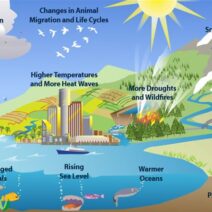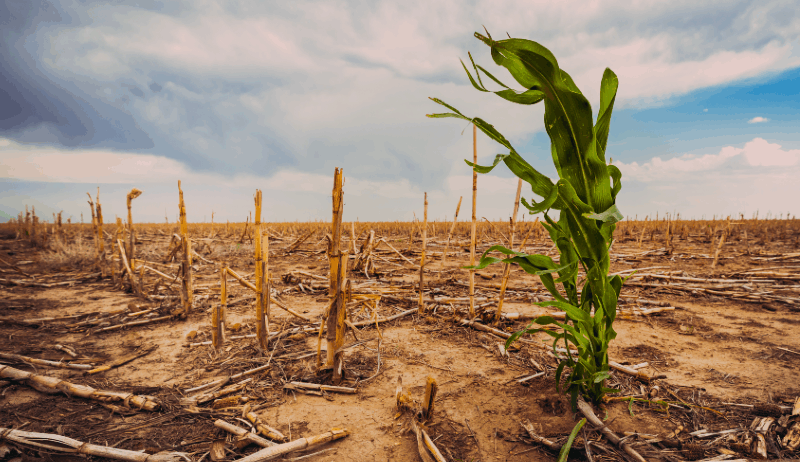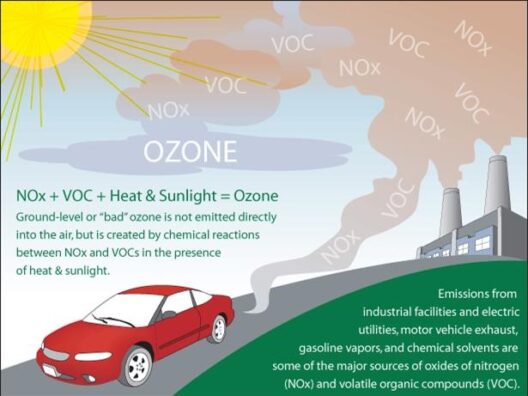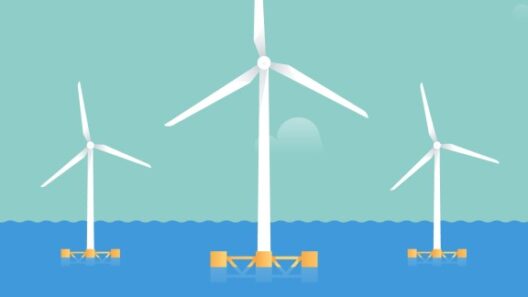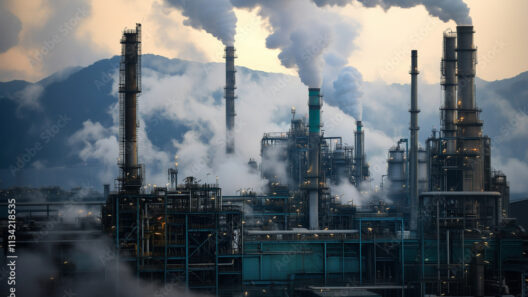The Philippines, an archipelagic nation comprised of over 7,000 islands, is remarkably beautiful but vulnerable to the inexorable effects of global warming. Rising sea levels, coupled with increased precipitation and typhoon intensity, herald a future fraught with heightened flooding risks. This escalating crisis presents myriad challenges for the Filipino populace, from economic repercussions to existential threats against homes and livelihoods. Understanding the multifaceted implications of these phenomena is vital for fostering resilience in a nation that is predominantly low-lying.
The phenomenon of global warming primarily results from anthropogenic greenhouse gas emissions, which trap heat in the atmosphere. As temperatures rise, polar ice caps melt and ocean water expands, contributing to higher sea levels. Projections indicate that sea levels could rise by as much as 1 meter by the end of this century, threatening coastal communities across the archipelago. Already, many municipalities are experiencing chronic flooding, exacerbated by tide surges and heavy rainfall.
In particular, the incidence of devastating typhoons is anticipated to become more frequent and severe. The Philippines is situated in the Pacific typhoon belt, making it susceptible to around 20 typhoons each year. Climate-induced alterations to atmospheric conditions can intensify tropical storms, increasing wind speeds and precipitation rates. Additionally, the phenomenon known as “storm surge,” which causes ocean waters to inundate coastal areas during storms, poses a significant threat, potentially leading to catastrophic flooding.
The socioeconomic ramifications of these climatic shifts cannot be overstated. The Philippine economy heavily relies on agriculture and fishing, sectors that are profoundly vulnerable to flooding and salinization. Crops such as rice and sugarcane, cornerstone products of the agricultural landscape, face reduced yields or total loss due to inundation. Farmers may find their fields unharvestable, creating a direct correlation between climate change and food insecurity. The competition for arable land will intensify as agricultural regions are compromised, leading to inflated prices and potential civil unrest over resources.
Furthermore, the fishing industry, which supports millions of livelihoods, is threatened by altered marine ecosystems. Increasing ocean temperatures disrupt fish spawning grounds and migration patterns, which could precipitate a decline in fish populations and, consequently, the food supply. As fish stocks dwindle, the fishermen’s traditional way of life becomes jeopardized, creating an uncertain future for coastal communities.
Urban areas are not spared from the onslaught of flooding and climate change. Metro Manila, home to over 13 million inhabitants, faces chronic flooding exacerbated by rainwater runoff and inadequate drainage systems. Urbanization has increased the impervious surfaces in cities, significantly reducing natural absorption of rainwater. This leads to rapid runoff, further compounding flooding risks. Infrastructure is often ill-equipped to handle extreme weather events, and emergency responses can become overwhelmed, leading to prolonged crises that affect public health and safety.
In addition to these immediate challenges, the long-term consequences of flooding due to climate change engender significant public health risks. Waterborne diseases, such as cholera and leptospirosis, can proliferate in inundated areas, claiming lives and straining healthcare systems. Communities lacking proper sanitation are particularly vulnerable, which complicates recovery efforts post-disaster. Moreover, mental health repercussions are often overlooked; the trauma of recurring displacement can lead to long-term psychological distress among affected individuals.
Adaptation and mitigation strategies are paramount in addressing the impending flood future of the Philippines. Government agencies and local communities must collaboratively develop robust flood management systems. Investing in natural infrastructure, such as mangroves and wetlands, offers ecological benefits while bolstering coastal defenses against storm surges. Mangroves can act as natural barriers, absorbing wave energy and reducing flooding impacts while also supporting biodiversity and fisheries.
Furthermore, enhancing urban planning through sustainable city designs plays a crucial role in reducing vulnerability. Incorporating green spaces, permeable pavements, and comprehensive drainage systems can mitigate flooding impacts significantly. Policymakers must prioritize legislation that addresses climate resilience, ensuring that infrastructure projects incorporate climate adaptation measures as standard prerequisites.
Innovative approaches to agriculture can also bolster resilience. By implementing climate-smart agricultural practices, farmers can adapt to changing conditions. Crop diversification, intercropping, and soil conservation techniques can improve yields and enhance food security, while agroforestry can restore degraded landscapes and enhance biodiversity.
Public awareness and education are pivotal in equipping citizens to respond to climatic threats. Communities must be engaged in disaster preparedness training, ensuring they are well-informed about evacuation plans and safety measures. Grassroots movements play a vital role in fostering a culture of resilience, bridging the gap between scientific knowledge and local practices.
The future of the Philippines looms under the specter of climate-induced flooding; yet, through concerted efforts and innovative solutions, it need not be a foregone conclusion. The interwoven complexities of socio-economic impacts, public health, and infrastructure vulnerability amplify the urgency for action. By embracing sustainability, championing community engagement, and advocating for robust policy measures, the nation can navigate its treacherous flood future. As stewards of a rich ecological heritage, the people of the Philippines are uniquely positioned to transform challenges into opportunities, ensuring a sustainable existence amidst the rising tides of change.


